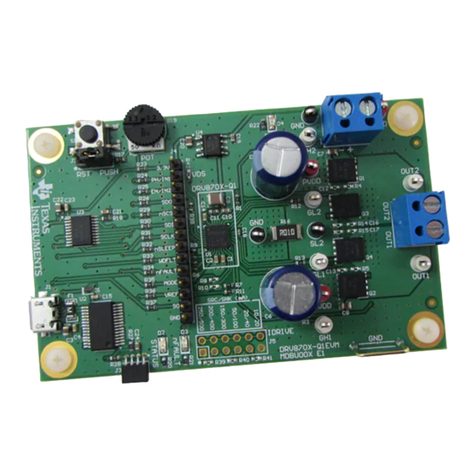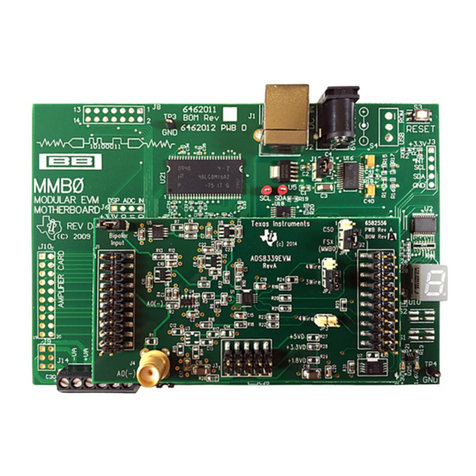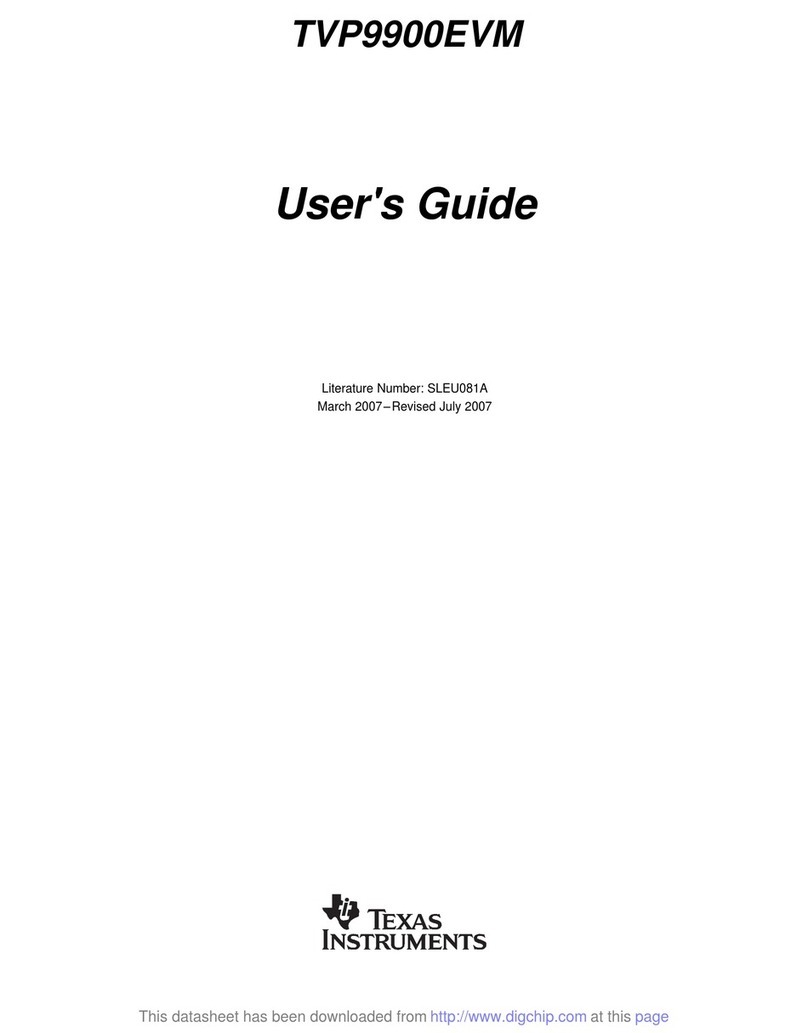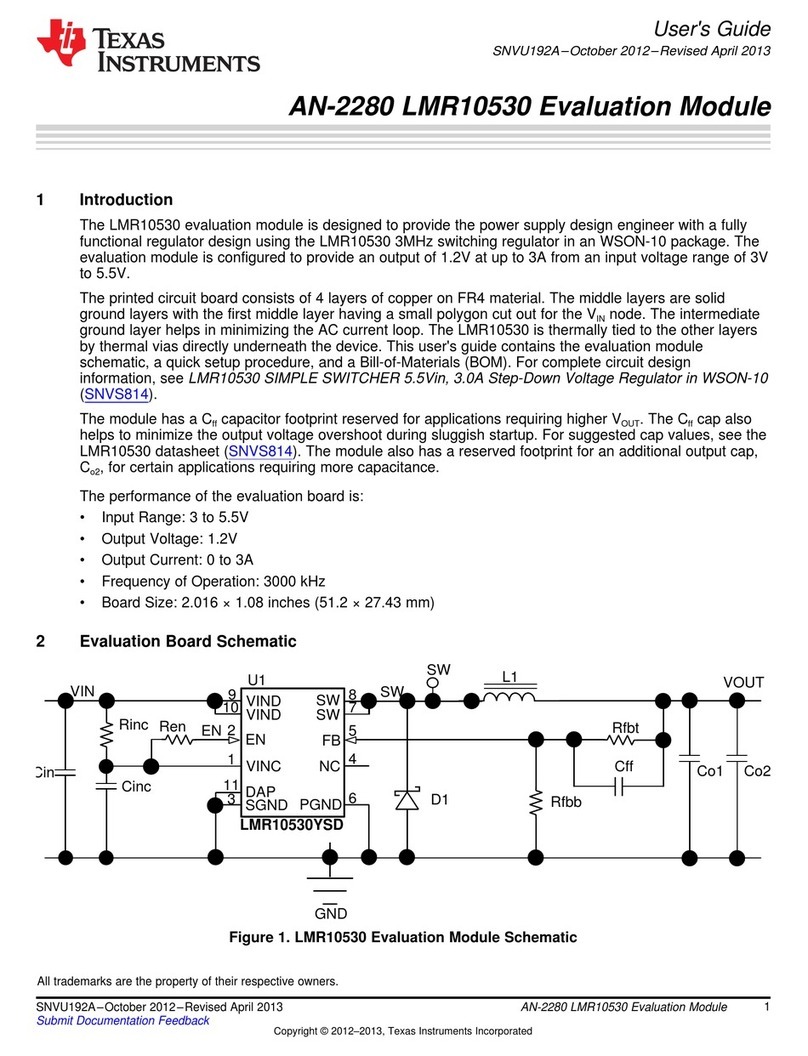Texas Instruments Stellaris LM4F120 LaunchPad User manual
Other Texas Instruments Motherboard manuals
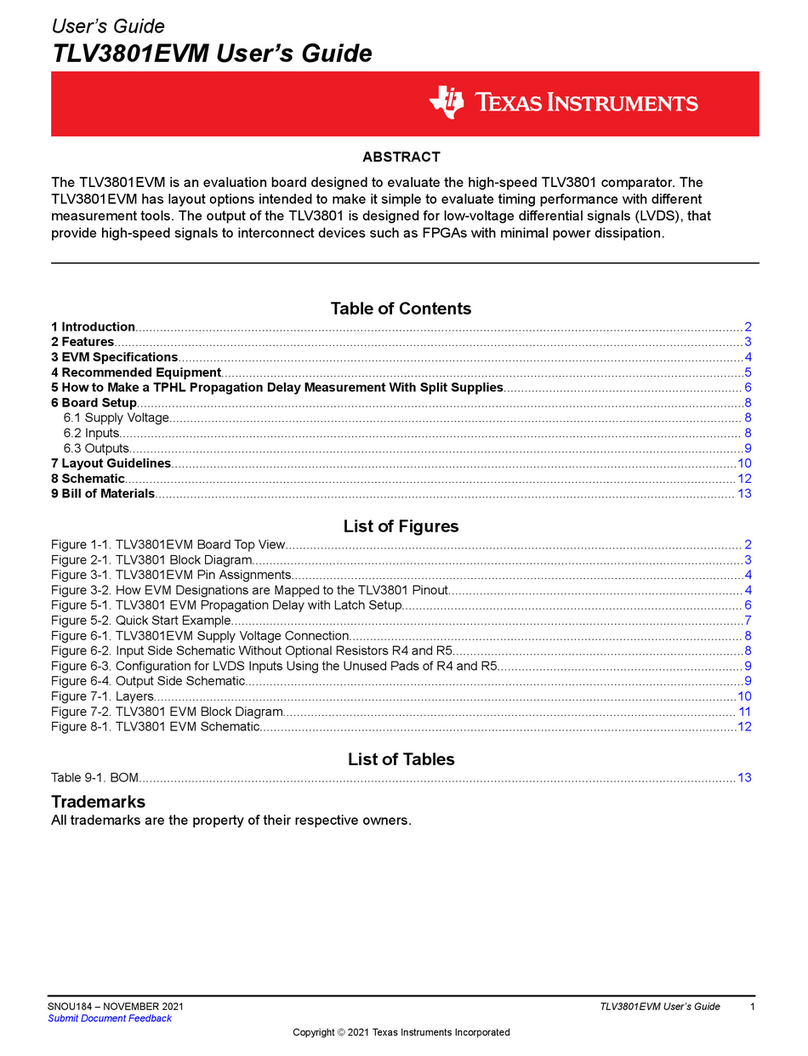
Texas Instruments
Texas Instruments TLV3801EVM User manual

Texas Instruments
Texas Instruments UCC28600 User manual
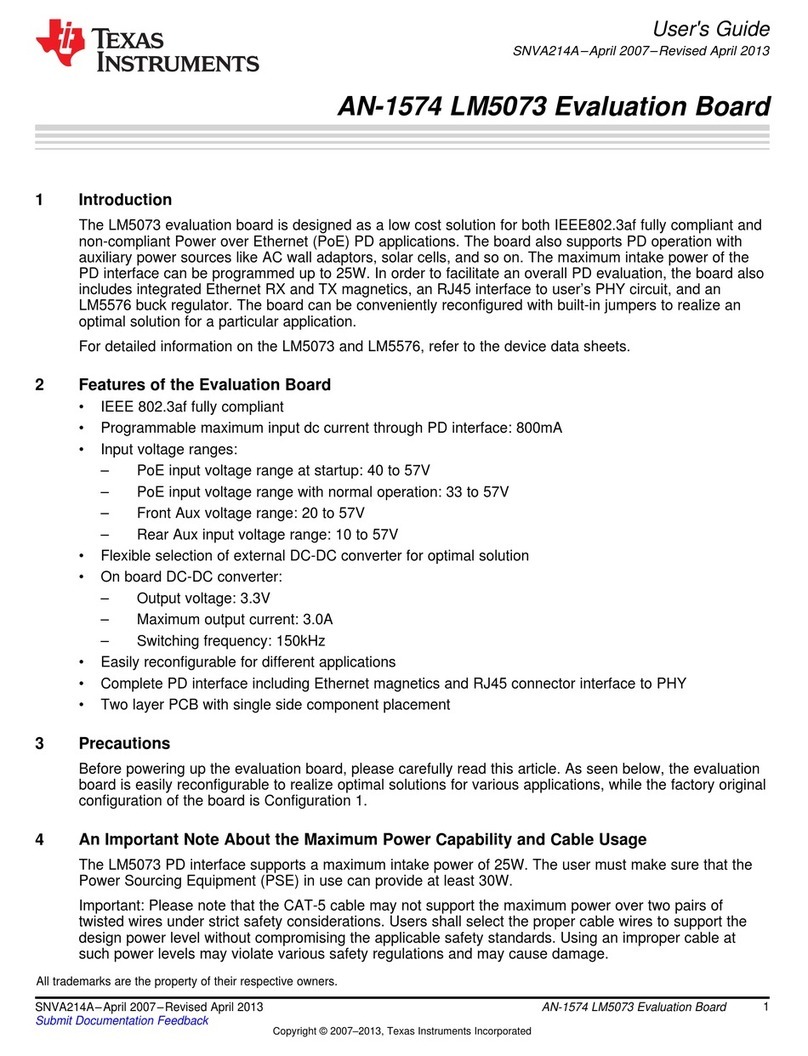
Texas Instruments
Texas Instruments AN-1574 LM5073 User manual

Texas Instruments
Texas Instruments ADS1625 EVM User manual
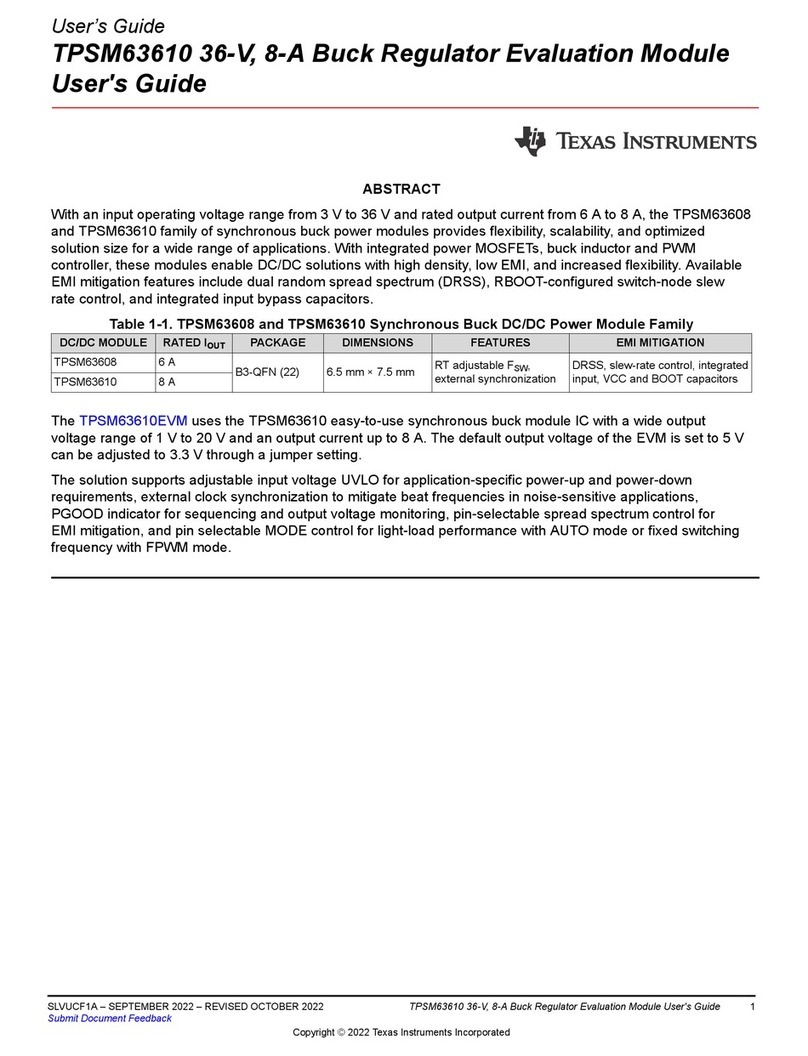
Texas Instruments
Texas Instruments TPSM63608 User manual
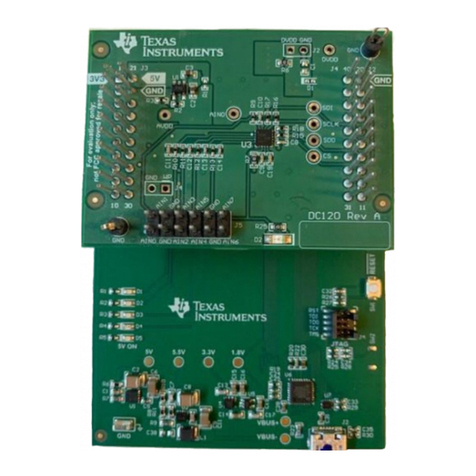
Texas Instruments
Texas Instruments ADS7038-Q1 User manual
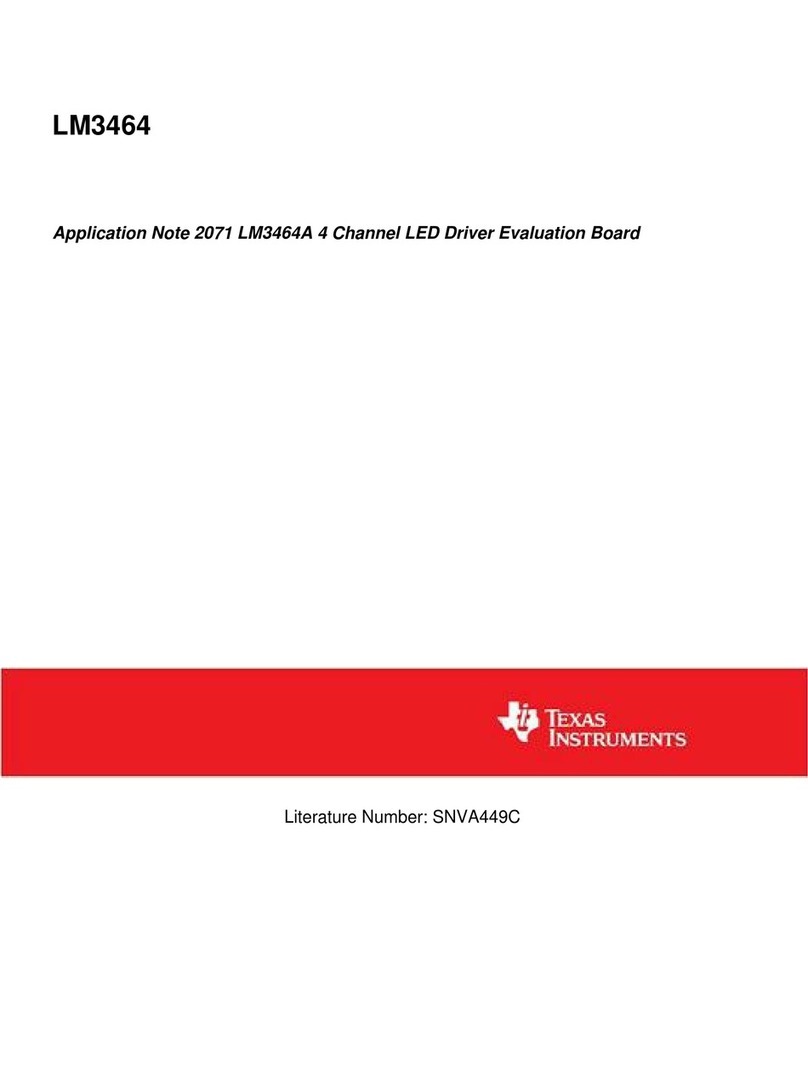
Texas Instruments
Texas Instruments LM3464 Installation and operating instructions
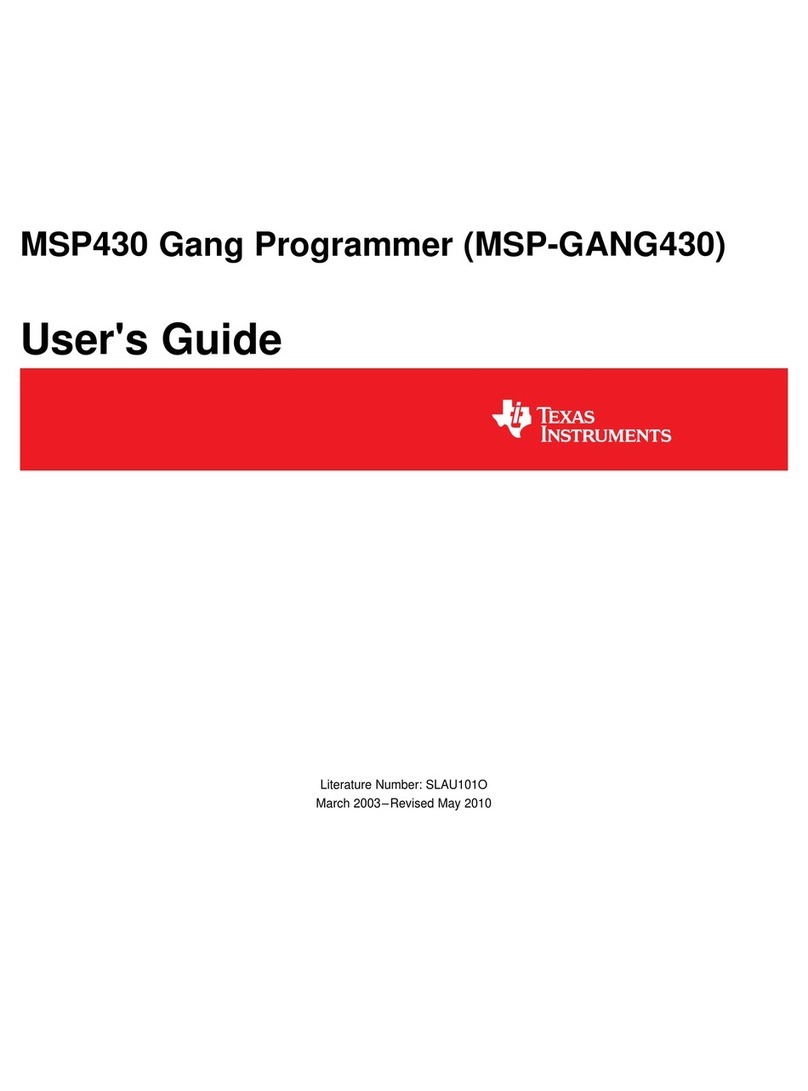
Texas Instruments
Texas Instruments Serial Programming Adapter MSP430 User manual
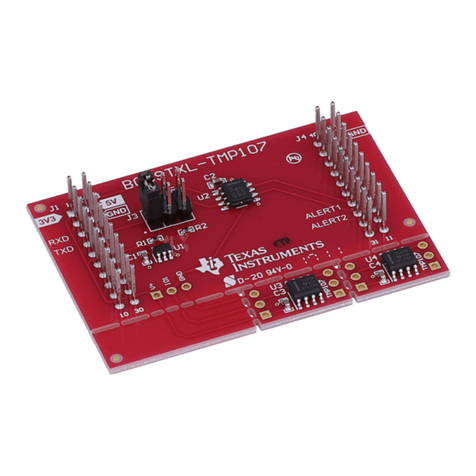
Texas Instruments
Texas Instruments BOOSTXL-TMP107 User manual
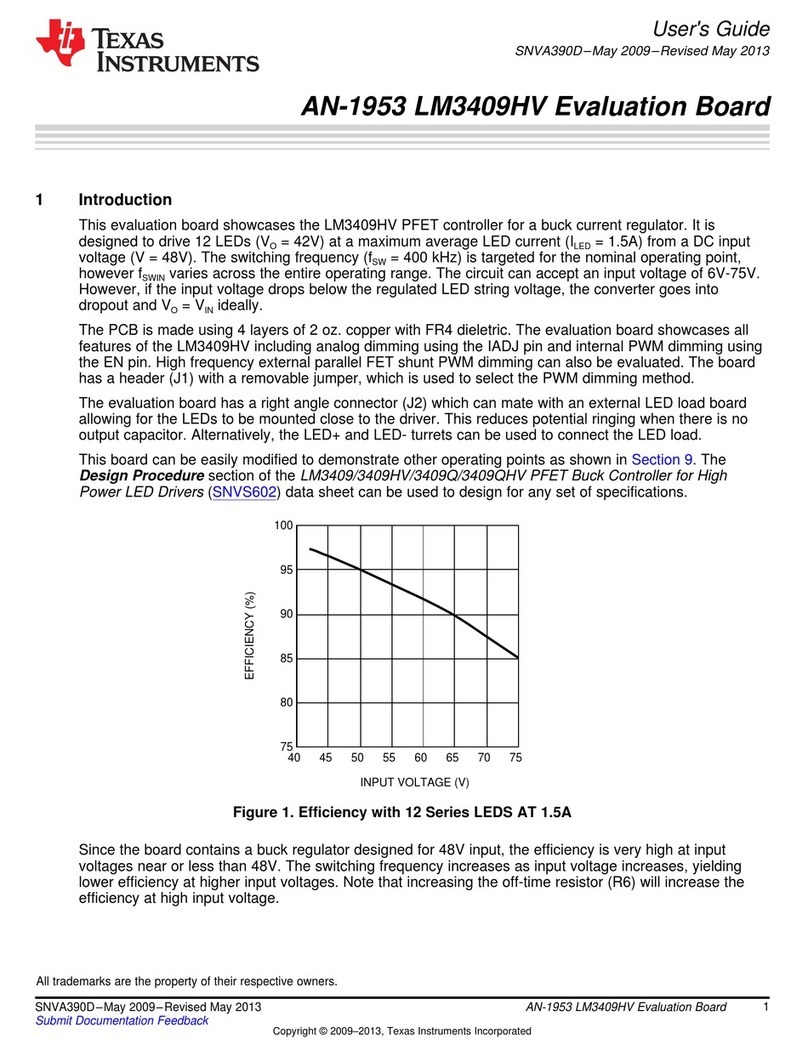
Texas Instruments
Texas Instruments LM3409HV User manual

Texas Instruments
Texas Instruments ADS8381EVM User manual
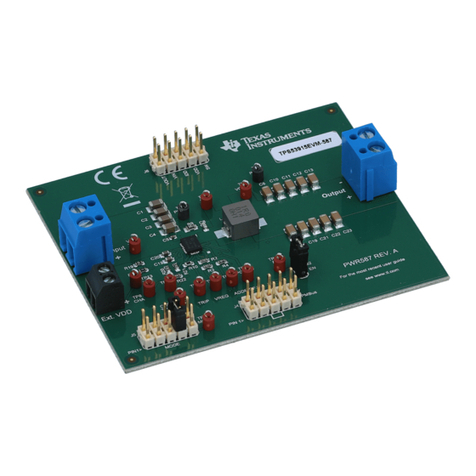
Texas Instruments
Texas Instruments TPS53915 User manual
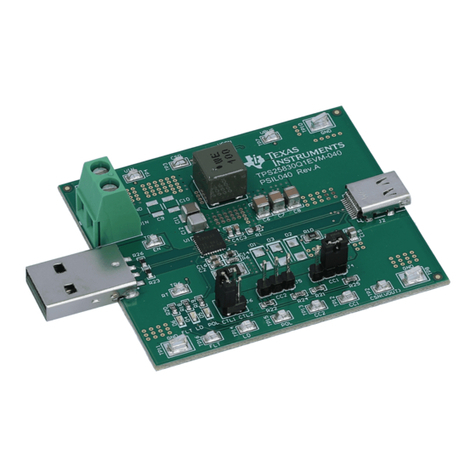
Texas Instruments
Texas Instruments TPS25830Q1EVM-040 User manual

Texas Instruments
Texas Instruments TPS6507 EVM Series User manual
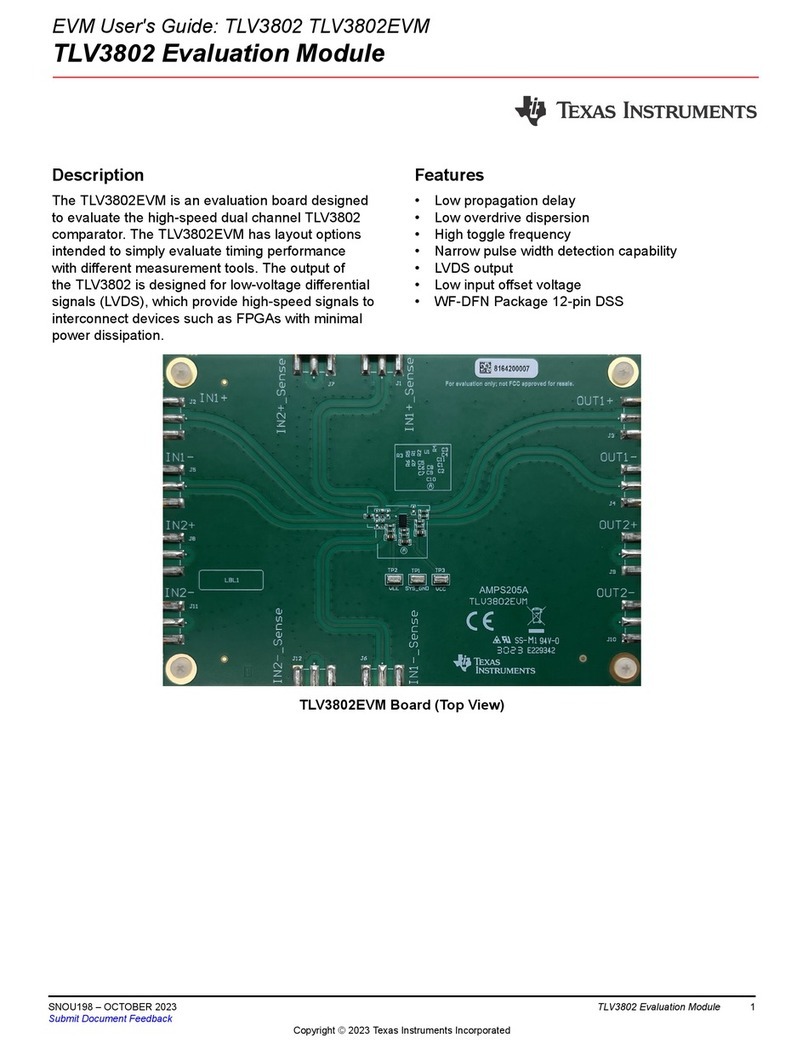
Texas Instruments
Texas Instruments TLV3802 User manual
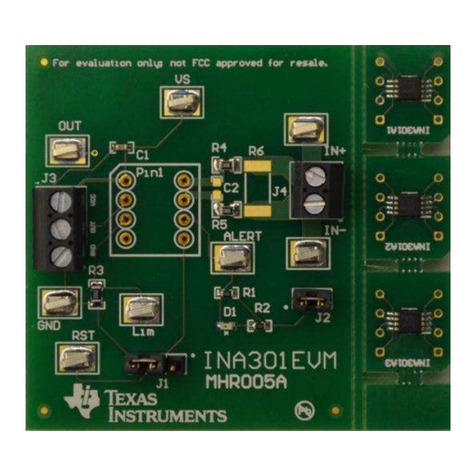
Texas Instruments
Texas Instruments INA301EVM User manual
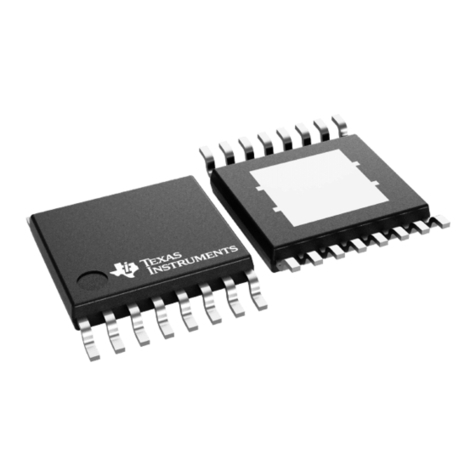
Texas Instruments
Texas Instruments TPS54291 User manual
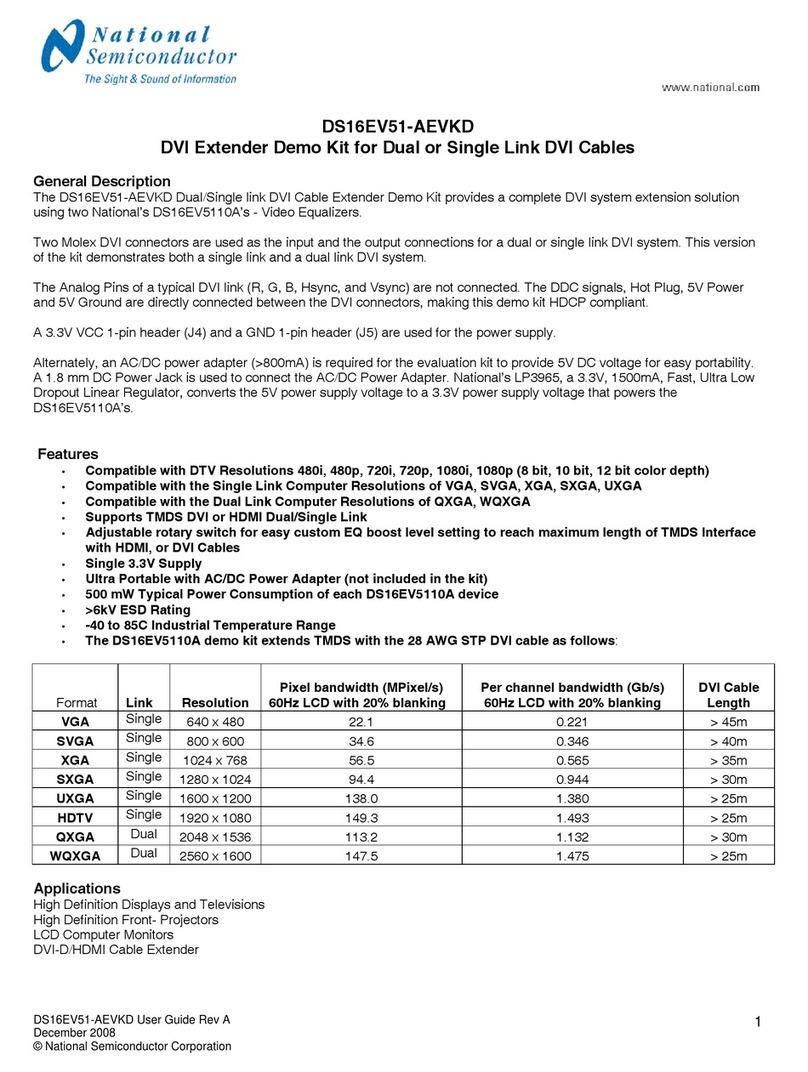
Texas Instruments
Texas Instruments DS16EV51-AEVKD User manual
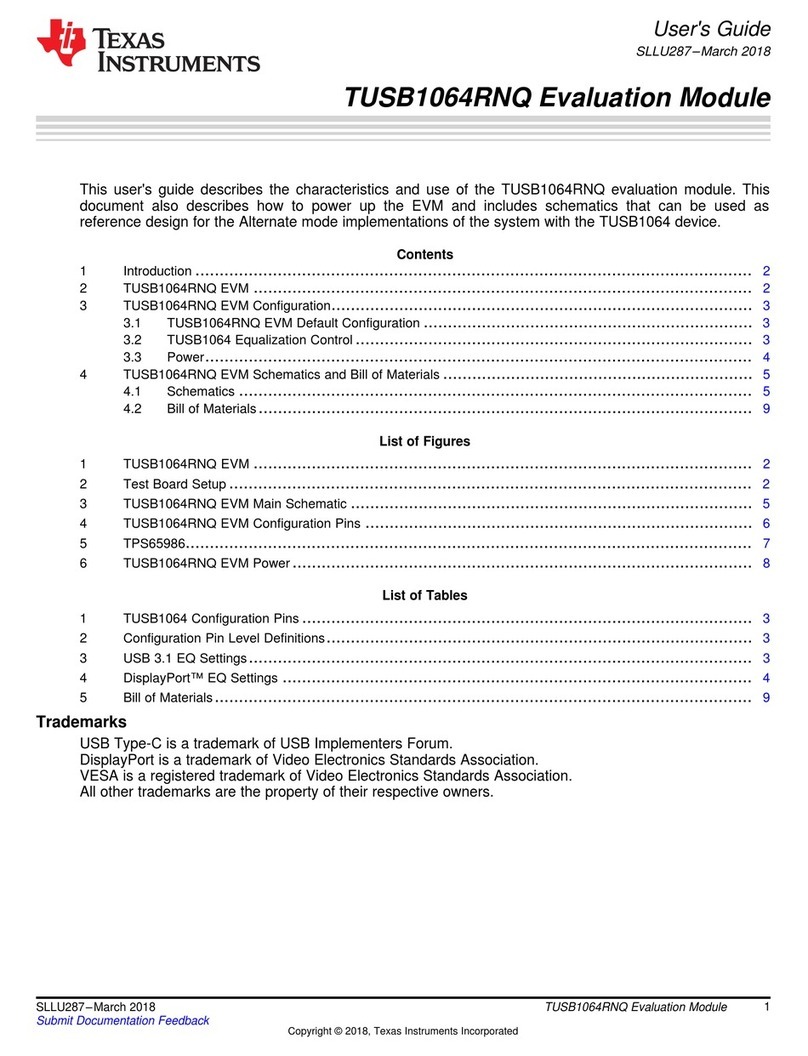
Texas Instruments
Texas Instruments TUSB1064RNQ User manual
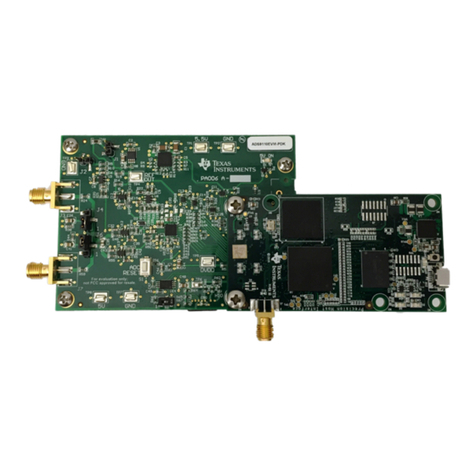
Texas Instruments
Texas Instruments ADS9110EVM-PDK User manual
